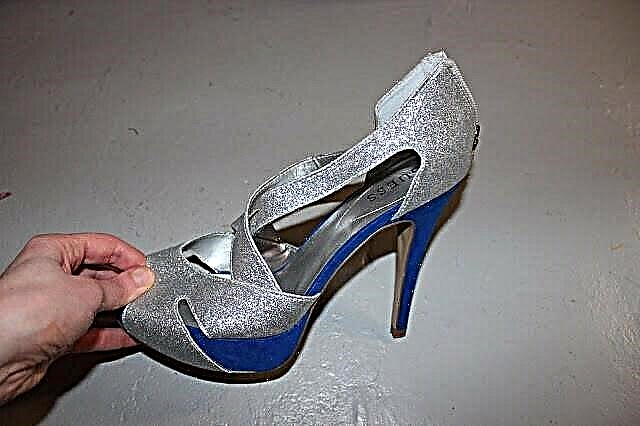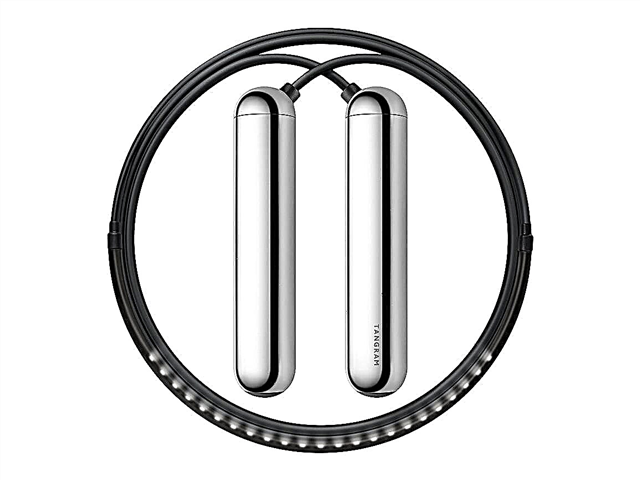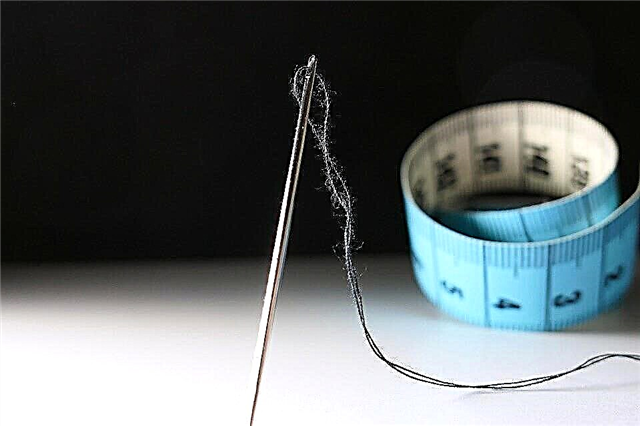Why the bottom edge of the product may turn out to be uneven and how to fix this problem - tricks, tips and instructions.
Why can the hem turn out to be uneven?

The hem of a skirt or dress, the bottom of a tunic or blouse can be uneven, even if we tailor them strictly according to the pattern and sew the thing carefully. The main reasons for the appearance of bumps are two:
1. The force of gravity and cut along the oblique
If we cut the skirt, observing the direction of the shared thread or along the cross, the force of gravity will act on the change in the bottom line in the finished product, but the hem will most often be flat. If we cut along an oblique or, for example, flared skirt or A-silhouette skirt, the bottom line will need to be adjusted.
The larger the flare of the skirt, the greater the bottom line will require adjustment (alignment).
2. Natural body bends
Even the most accurate and verified pattern is designed for a certain average type of figure. In fact, we are all different. With a small tummy, the hem (or bottom line) of the front panel of the skirt will be slightly higher relative to the rear panel. The same thing happens with convex buttocks, just the opposite, the back panel will rise in relation to the front panel.
Life hack: how to align the length of the skirt yourself
How to align the hem: master class
You will need:
- a hard long ruler;
- pins;
- tailor's chalk;
- scissors.
How to make a fluffy bottom of the skirt with regiline
Step 1

Before proceeding with the processing of the bottom, let the product hang on a hanger or dummy, ideally - for a day.
Step 2

After the thing has hung, try on it. If you have a mannequin, you can use it. The second option, fitting directly to yourself, involves having an assistant. But this option also gives bonuses: trying on, for example, a dress, you can wear underwear and shoes with which you plan to wear it. By the way, there is a life hack that allows you to do without an assistant in the second case - read about it here.
Step 3

In one place, mark the desired length of the skirt. Set aside the clearance mark for the hem hem. Put a mark, for example, with chalk, or put a pin.
Step 4

With a long ruler or a centimeter tape, measure the distance from the floor (by the way, the mannequin can be put on the table to facilitate work) to the mark. Now move along the edge of the hem and place marks, measuring this distance from the floor.
Step 5

Remove the thing, spread it on the work surface and adjust the bottom line, cutting off the excess exactly according to the markup. Now you can bend the bottom of the product.
P. S. If the skirt is flared or slanted, you can align the hem directly on the mannequin and let the product hang again to adjust the bottom as evenly as possible.


Photo and source: blog.colettehq.com, emilyhallman.com



